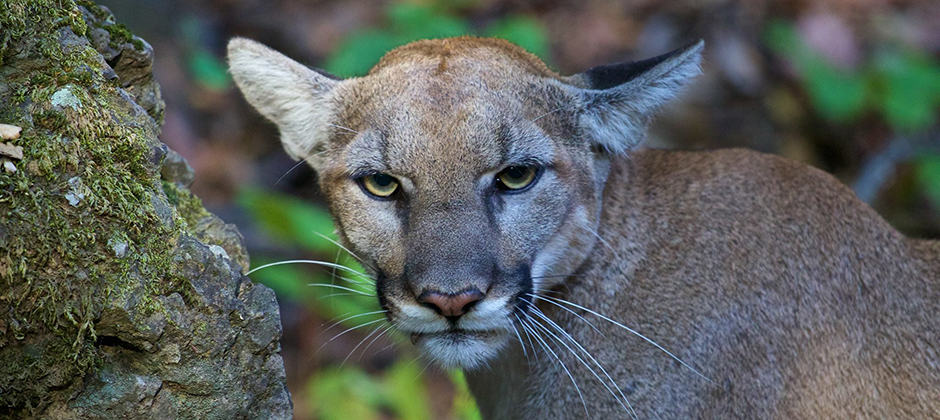Share this article
Vehicle strikes, rodenticide cause L.A. puma deaths
Humans are the main reason for adult mountain lion deaths in a struggling population living on the fringes of California’s largest city over the last two decades.
But “different age classes were dying of different things,” said John Benson, an assistant professor at the University of Nebraska and the lead author of a study published recently in Biological Conservation.
For example, younger cats were most often killed by other mountain lions (Puma concolor).
The population of mountains lions in the Santa Monica Mountains near Los Angeles is very small, and dispersing animals have little ability to reach other wild areas, since the area they occupy is surrounded by cities and highways that act as barriers. Earlier research by Benson and his colleagues showed that without new cougars migrating into the area, the Santa Monica population could potentially eventually suffer from inbreeding depression due to a lack of connectivity with outside environments.
“Our previous models also suggested that this population in the Santa Monica mountains could go locally extinct during the next 50 years,” Benson said.
He and his colleagues wanted to figure out the principle causes of death for these cats to see if there was something they could do to stem the loss of mountain lions in the area. They examined data taken from 58 mountain lions in the area from 2002 to 2019. Of these animals, 33 had died, including kittens, subadults and adults.
Analysis showed that mountain lions died from a variety of human causes, but the way it happened could also be divided into several categories.
Vehicle strikes were the most common human-related cause of death, followed by the cats consuming rodenticides, which are often used in urban areas to kill rats or other small animals. Eventually the rodenticide may accumulate enough in their bodies to cause death. Poachers and human-caused forest fire were also responsible for some adult deaths.
For “subadults,” — which are old enough to leave the protective care of their mothers but not quite adults yet — the main cause of death was other mountain lions.
“It is thought to be natural because they kill each other in other populations too, but things are a little different in the Santa Monica Mountains,” Benson said, adding that the lack of viable dispersal options may make smaller cats more vulnerable since they have nowhere to escape to.
Benson said figuring out the reasons that cougars die is critical to conserving the population in the area, especially the survival of adult females.
“Adult female survival is the strongest driver of population dynamics,” he said.
These findings can help researchers understand the best ways to conserve the species. For example, cars often kill adults, building overpasses or underpasses along the highway could reduce cougar deaths.
“It’s challenging to reverse these things, but there are steps to take to reduce these problems,” he said, adding that these things may also allow younger cats to disperse farther and avoid death at the paws of their elders.
As far as rodenticide use, he said some of the issue may be alleviated with better public education.
Header Image: Researchers analyzed nearly 20 years of data to find the major causes of mountain lion death in the Santa Monica Mountains. ©National Park Service








